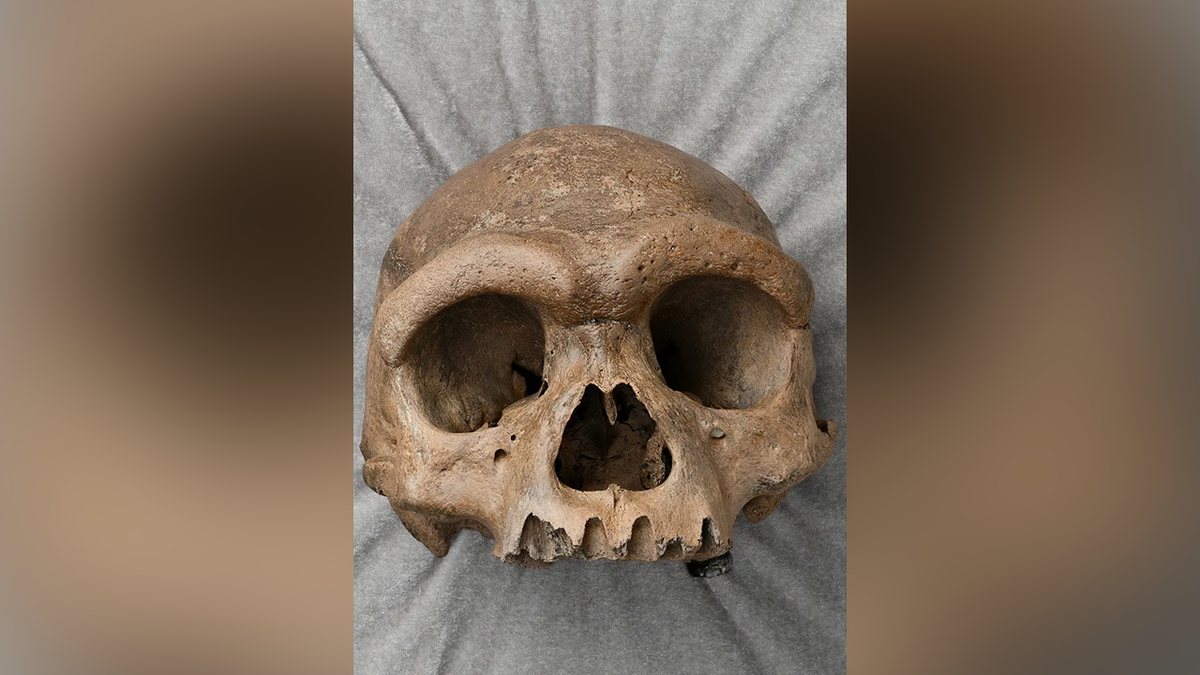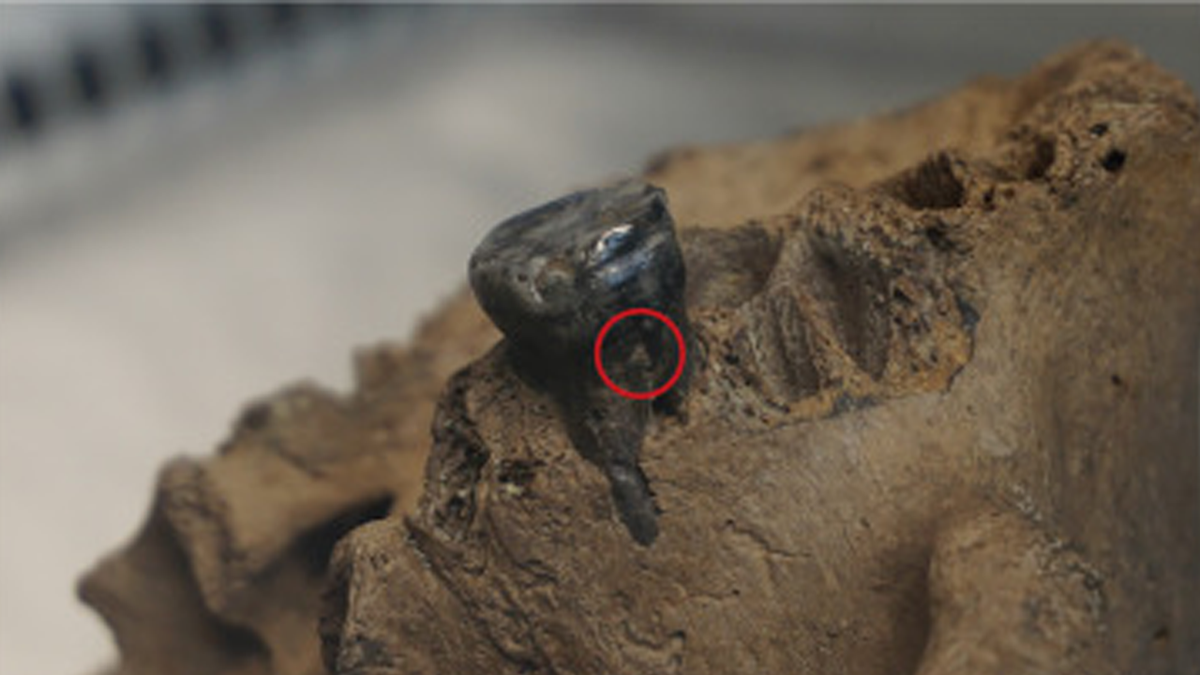NEW Now you can listen to articles from Fox News!
A human skull, discovered in the 1930s and once believed to be a new species, has now been classified as belonging to an existing species, according to researchers.
Studies published in the journals Cell and Science reveal that the 146,000-year-old skull, referred to as “dragon man,” has been identified as a Denisovan.
The researchers explained that they used genome and protein analysis for the identification of the Denisovans.
The lengthy identification process was partly due to the failure to extract DNA from a tooth.
MYSTERIOUS ‘DUMPED’ BODIES OF A WOMAN AND A CHILD DISCOVERED BY ARCHAEOLOGISTS IN A BEAUTIFUL TOWN

The “dragon man,” initially thought to be a new human species, was reclassified using dental calculus analysis. (Mr. Wei Gao)
Attempts to extract DNA from the Harbin cranium were also unsuccessful.
When those efforts did not yield results, researchers turned to analyzing dental calculus, which is calcified plaque on teeth.
This dense crystalline structure of calcified dental plaque can protect and preserve DNA from deterioration in various conditions.
EXPERTS SOLVE THE MYSTERY OF ANCIENT ‘MUMMIFIED DRAGON’ FOUND BY A JAPANESE SHOGUN

The specific area where 0.3 mg of dental calculus was collected from the Harbin tooth, where mtDNA was captured and sequenced (Photo provided by Qiaomei Fu via the journal Cell)
The researchers applied bleach to the dental plaque to remove any potential modern DNA contamination.
After extraction, they compared the genetic material with previous samples.
Ultimately, the “dragon man” was identified not as a new species but as a Denisovan, marking it as the first intact specimen discovered.
According to the researchers, Denisovans lived alongside modern humans and have a close genetic relationship with Neanderthals.

An artist’s interpretation of what Dragon Man might have looked like. Image: Chuang Zhao (Natural History Museum/Chuang_Zhao)
The “dragon man” was unearthed under unconventional circumstances by a Chinese laborer working on a bridge over the Songhua River.
Following instructions to conceal it from the Japanese army, the laborer kept the Harbin cranium hidden for years.
It was only donated shortly before his passing in 2018, after which his family relocated the skull to the Geoscience Museum, where it was given to professor Qiang Ji of Hebei GEO University.
While the study has its limitations, the researchers believe there is still much more to discover in the future.
The skull is called “dragon man” because it was found in Heilongjiang province, which translates to Black Dragon River.
Julia Musto from Fox News Digital contributed to this article.
Nick Butler is a reporter for Fox News Digital. If you have any tips, please reach out to Nick.Butler@Fox.com.


